Adobe’s suite of creative programs is one of the most commonly used in the industry, whether it’s Photoshop for editing and manipulating photos or Premiere Pro and After Effects for video editing and visual effects work. That said, these programs aren’t perfect and do require some pretty beefy systems to work properly.
In this article, we’re looking at DynamicLinkMediaServer, an Adobe process that can sometimes take up a lot of memory in the background.
Also read: What is PhoneExperienceHost.exe error? 3 Fixes
DynamicLinkMediaServer explained
As mentioned before, the process comes from Adobe and runs a localised version of itself for every Adobe program you’ve got installed. The process is responsible for enabling the dynamic link functionality between two Adobe programs where you can export your work to another program and then bring it back to the original program for editing.
While this is a useful feature, especially considering that different Adobe programs specialise in different things, the process can also be a hassle if it consumes far too many system resources.
Is it safe?
The process is a legitimate Adobe process, so it’ll be safe to let this run in the background in most cases. Many malware developers now use legitimate service names to avoid detection. So if the process is taking too much memory, there’s a chance that it’s either been infected by a virus or is a fake process disguised as Adobe.
Here’s how you can check whether you’re running the real or fake process.
Step 1: Open the Task Manager and right-click the process. Select Open file location.
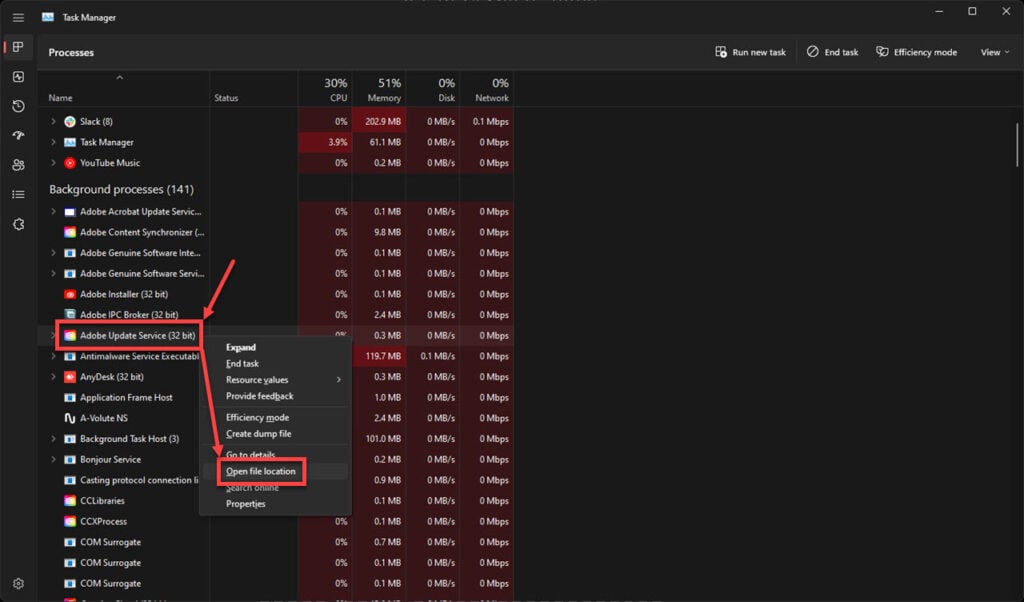
Step 2: The directory should look something like this.
C:\Program Files\Adobe\Adobe[ program name]\Support\DynamicLinkMediaServer\dynamiclinkmediaserver\1.0\dynamiclinkmediaserver.exeDo keep in mind that version numbers and other folder names might be different based on your specific version of the host Adobe program, but as long as the path comes from an Adobe program’s folder, you should be good to go.
Also read: R720xd PCIe training error: 3 Fixes
How to fix this?
Here are four fixes you can try out.
Restart your PC
Restarting your PC is one of the most simple and effective solutions to any problem you face while using Windows. Graphics issues, network problems, update glitches, and rebooting has you covered.
Close the process
A rather simple solution to the problem is to close the process. Remember that this will break the dynamic link feature, so make sure all Adobe programs are closed before doing so.
Step 1: Right-click the taskbar and click on Task Manager.
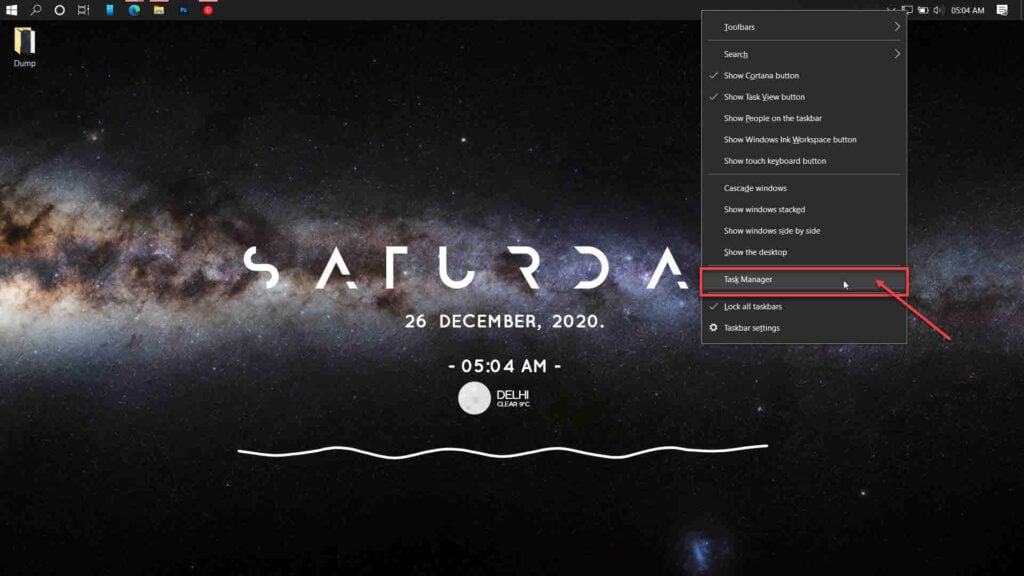
Step 2: Find the process, right-click it and select Open file location.

Step 3: Now head back to the Task Manager and kill the process using the End Task button in the bottom right. Alternatively, you can also right-click the process and select End Task.

Your memory usage should drop now.
Also read: Verizon port status: Everything you need to know
Run an antivirus scan
Here’s how you can run a full scan on your PC using Windows Security.
Step 1: Press the Windows key and search for Windows Security. Click the corresponding search result.
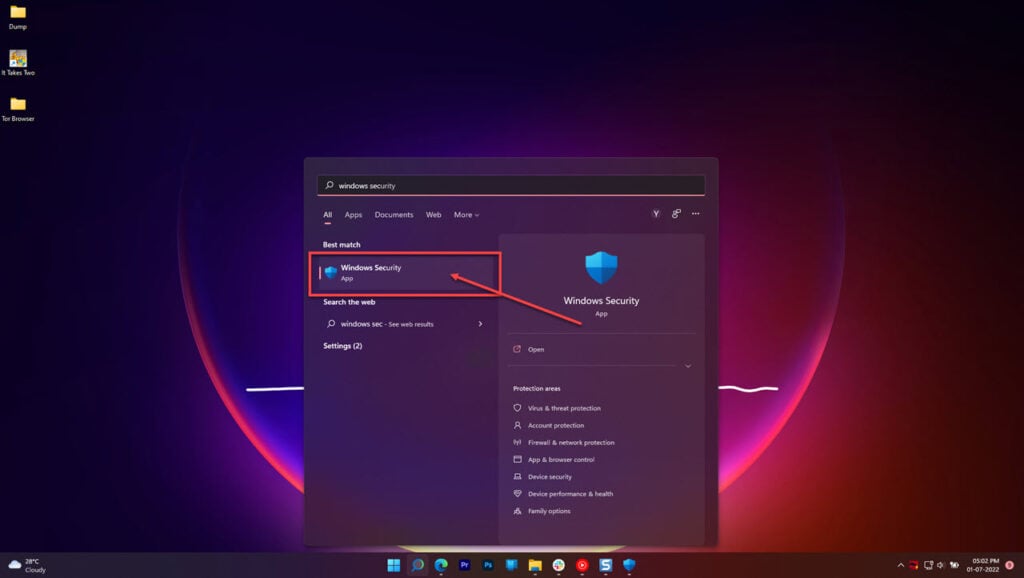
Step 2: Click Virus & threat protection.
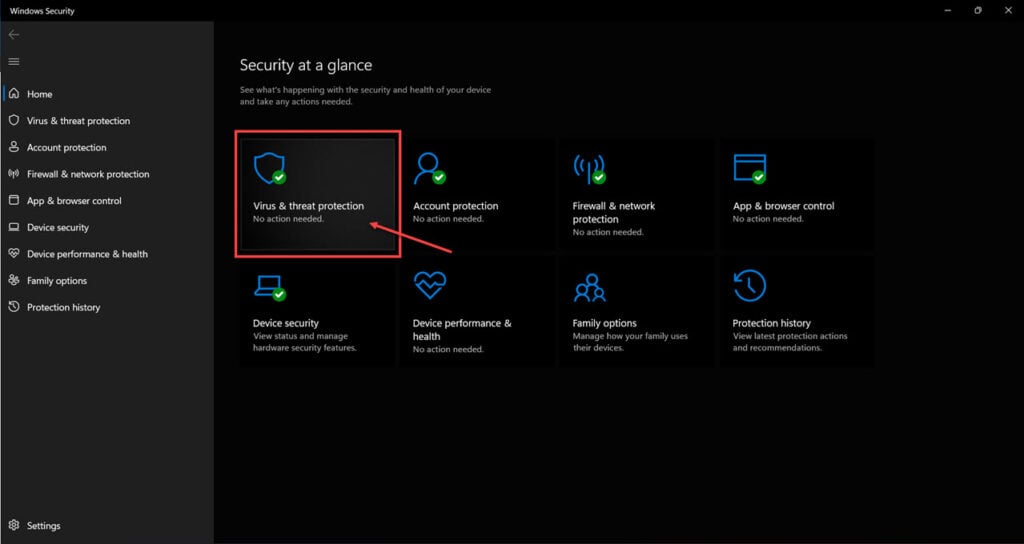
Step 3: Click Scan options.
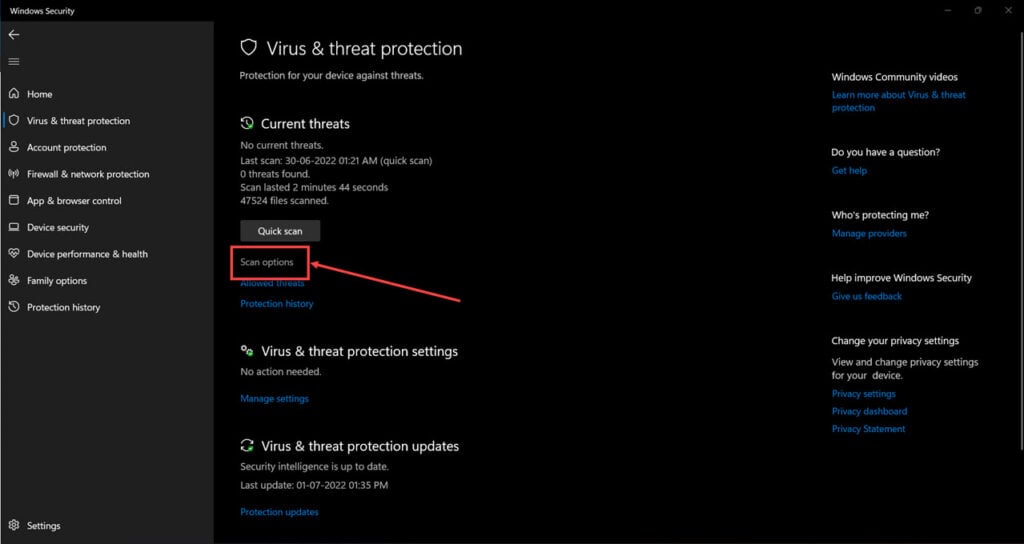
Step 4: Select Full scan and click Scan now to start scanning your PC for malware.
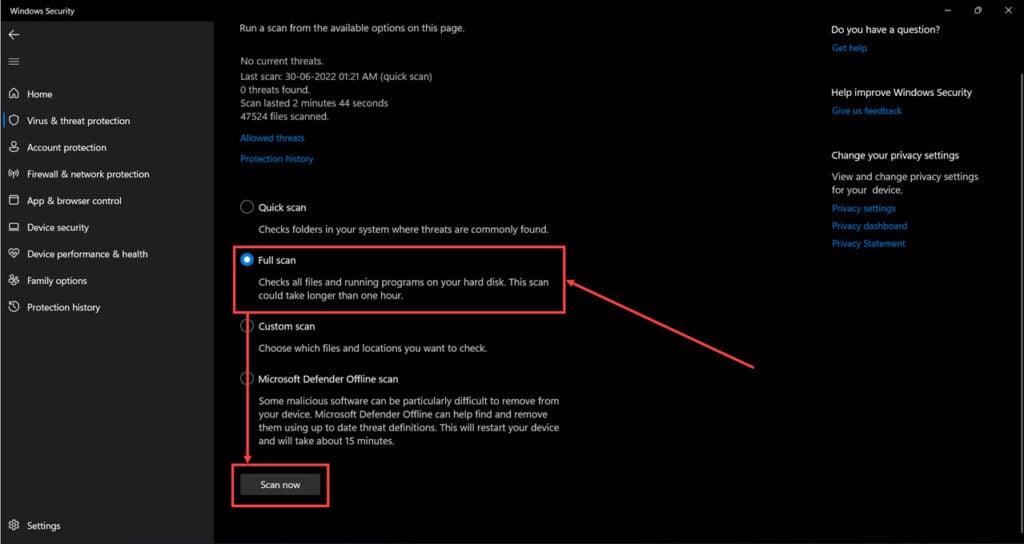
Restart your PC after the scan and you should be good to go.
Run an SFC Scan
Corrupt files are the number one reason your PC might behave weirdly. Here’s how you can get rid of them and potentially resolve your issue.
Step 1: Press Windows Key + S to bring up the Cortana/Search box and search for Powershell. Open Windows Powershell from the search results.
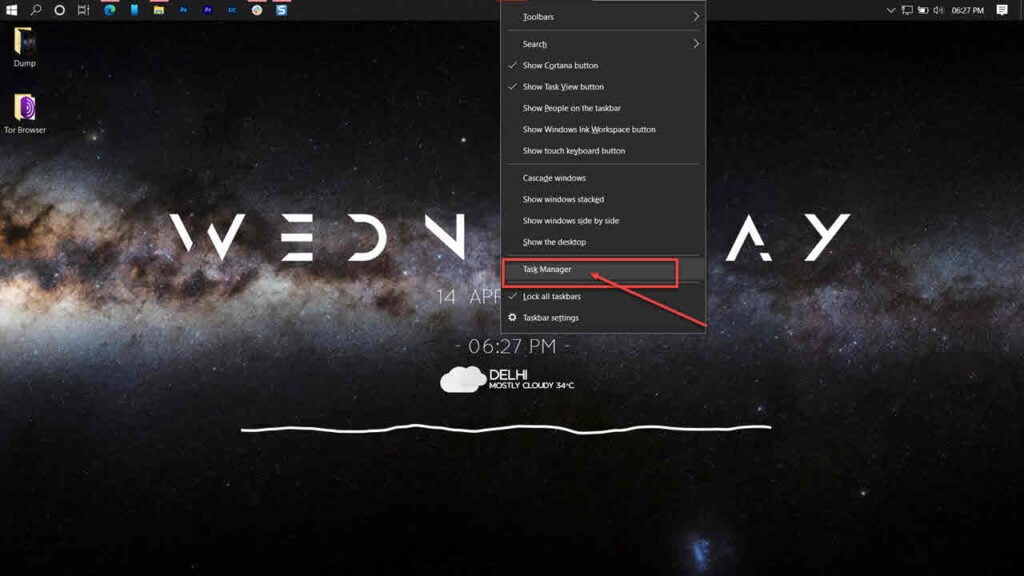
Step 2: Type sfc /scannow to scan your system for issues.
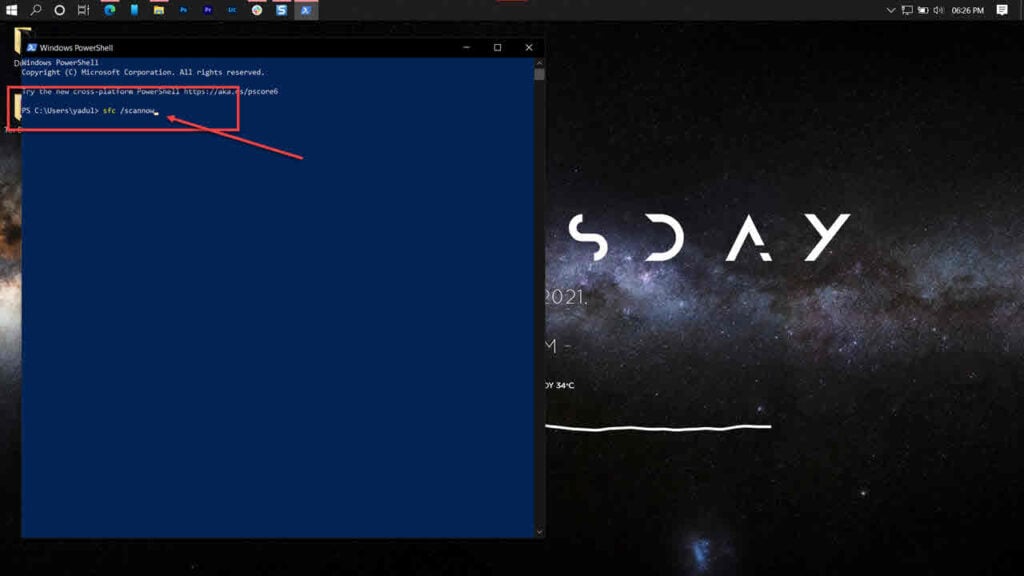
Step 3: If the SFC scan finds any problem, use the following command to resolve them.
DISM /Online /Cleanup-Image /RestoreHealth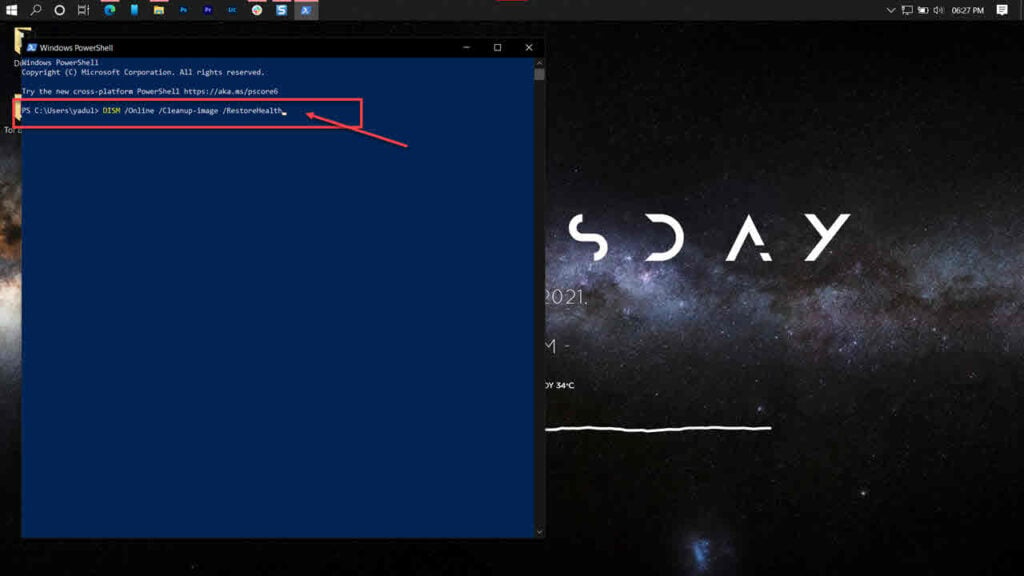
Restart your PC and try updating again.
Also read: What causes error 205 in Lightroom and Photoshop? 5 Fixes






